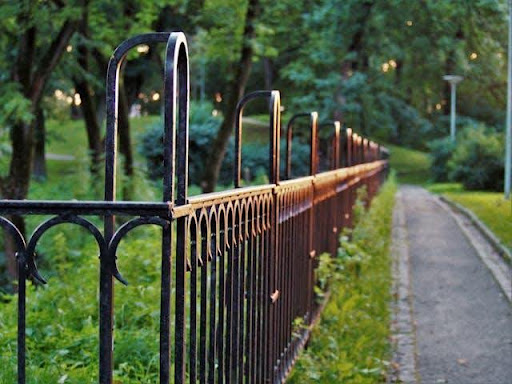Choosing the right fence for your home or property can feel overwhelming. Whether you’re trying to improve your home’s privacy, add security, or boost curb appeal, picking the wrong materials can lead to a lot of regret. Many homeowners make mistakes that cost them time, money, and even safety.
You might be excited to start your fencing project, but if you rush the buying process, you could end up with materials that don’t last, don’t look right, or don’t even meet your local codes. Before you make a decision, take a look at these some common mistakes people make when buying fence materials—and learn how you can avoid them.
Not Researching Fence Suppliers Properly
One of the biggest mistakes people make is buying from the first supplier they come across without doing enough research. Not all fence suppliers offer the same quality, pricing, or customer support. You want to make sure you’re buying from a supplier with a good reputation, solid reviews, and clear policies. A trusted supplier will help you figure out exactly what you need and might even save you from buying more than necessary. Shopping around and comparing fence suppliers is worth the effort in the long run.
Ignoring Your Local Weather Conditions
Fence materials aren’t one-size-fits-all, especially when it comes to different climates. For example, wood might look great, but if you live in a very humid or rainy area, it could rot faster than you expect. Metal fences may be strong, but certain types can rust if not coated properly. Vinyl can be a low-maintenance choice, but extreme heat might cause it to warp. If you don’t consider your region’s weather, you might end up replacing parts of your fence sooner than you think.
Choosing Style Over Strength
We all want our fence to look good, but looks shouldn’t be the only thing you focus on. Sometimes people pick a beautiful design without realizing it won’t stand up to daily wear and tear. If you have pets, kids, or live in an area with high winds, you’ll want something durable. It’s important to find a balance between appearance and strength. A fence should be something you enjoy looking at—but it should also do the job it was meant to do.
Forgetting About Installation Costs
Another mistake is not thinking about how the fence will be installed. Some materials are easier to work with, while others may require special tools or professional help. If you’re planning to install the fence yourself, you’ll want materials that are user-friendly. On the other hand, if you’re hiring someone to do it, keep in mind that labor costs can go up depending on the material. Not accounting for this early on can blow your budget quickly.
Overlooking Local Rules and Regulations
Before you even pick up a measuring tape, check your local laws and homeowners’ association rules. Many towns and cities have codes that limit the height, style, and placement of fences. Some areas may require a permit. Ignoring these rules could mean having to take the fence down later—and no one wants that. A quick call to your local zoning office can save you a lot of trouble.


